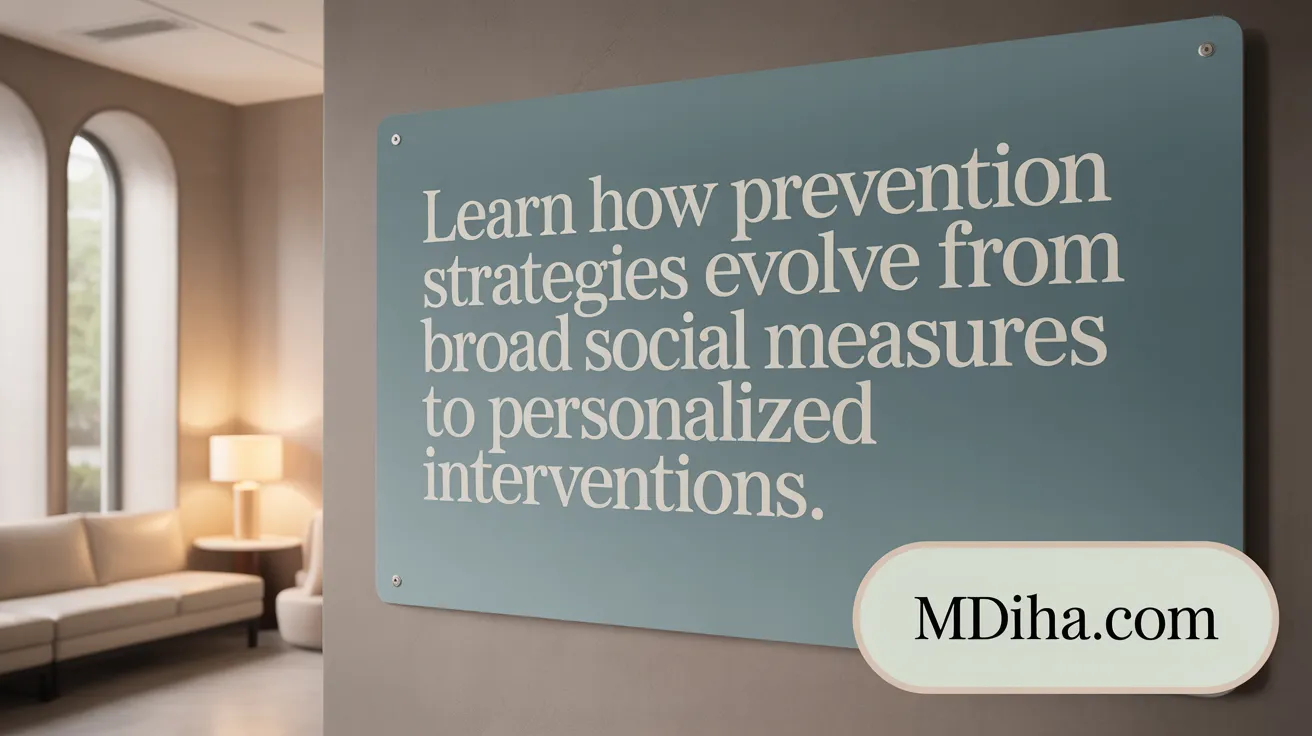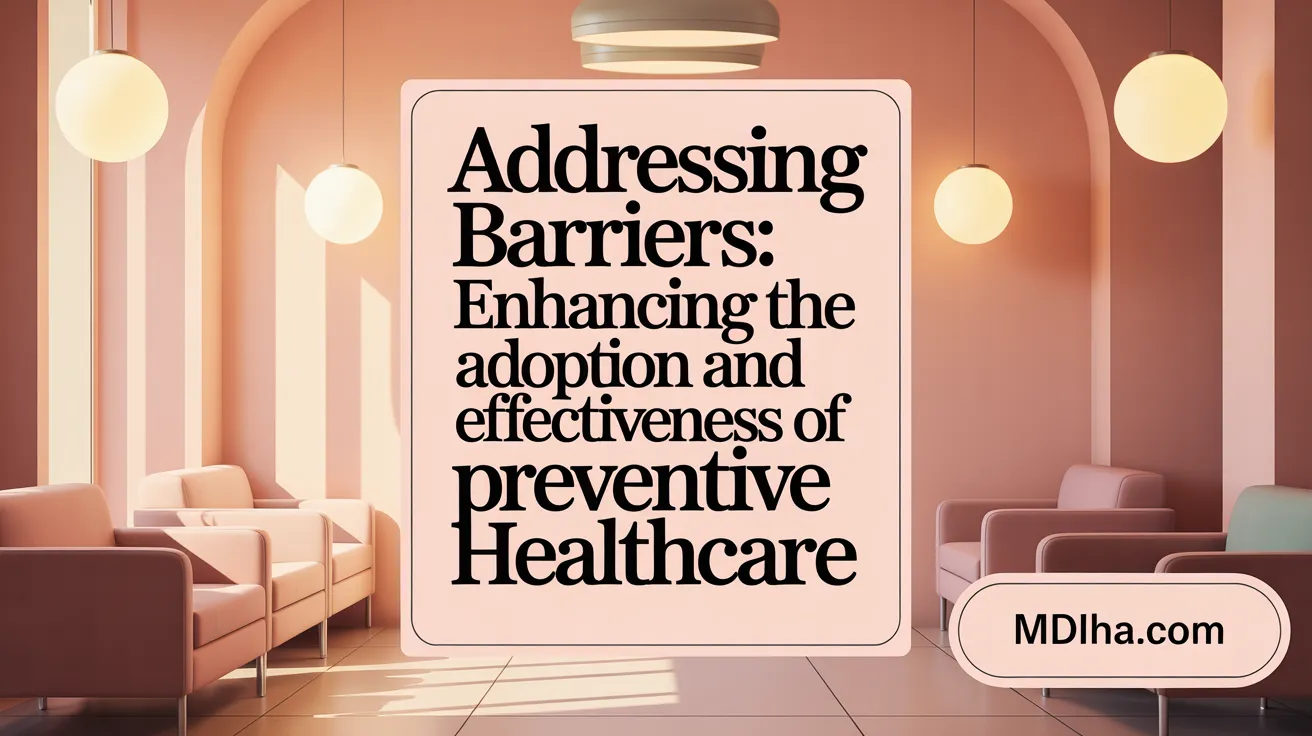Setting the Stage: Understanding Preventive Medicine and Conventional Healthcare
Defining Preventive Medicine
Preventive medicine is a specialized medical field focused on preventing disease, disability, and premature death through early detection and risk mitigation. It encompasses interventions tailored to individuals and populations, employing screenings, immunizations, lifestyle counseling, and environmental modifications to forestall disease development and progression. Preventive medicine specialists utilize biostatistics, epidemiology, and personalized risk assessments to optimize health outcomes and extend healthspan.
Overview of Conventional Healthcare
Conventional healthcare, often termed Western medicine, centers on evidence-based diagnosis and treatment of illnesses using advanced technology and scientifically validated interventions. Healthcare providers include physicians, specialists, therapists, and pharmacists who employ methods such as blood tests, imaging, surgery, chemotherapy, and pharmacotherapy. This paradigm is predominant in the United States and emphasizes curing disease, managing symptoms, and preventing disease progression through established protocols.
The Integration Imperative
Integrating preventive medicine with conventional healthcare is vital to achieving comprehensive health management. Preventive strategies reduce disease incidence and severity, while conventional medicine addresses acute and chronic conditions effectively. This synergy enables early identification of risk factors and subclinical disease via screening, promoting timely, personalized interventions. Such integration improves patient outcomes, lowers healthcare costs, and supports holistic well-being by combining evidence-based prevention with targeted clinical treatment.
The Spectrum of Preventive Medicine: From Population Health to Personalized Care

What are the different stages of preventive medicine and their focus?
Preventive medicine encompasses a comprehensive spectrum of strategies categorized into five stages: primordial prevention, primary prevention, secondary prevention, tertiary prevention, and quaternary prevention.
-
Primordial prevention addresses broad social and environmental conditions in prevention that impact entire populations. Examples include enhancing urban environments with safe sidewalks to promote physical activity and improving access to nutritious foods, aiming to mitigate risk factors for chronic diseases such as obesity, cardiovascular disease, and type 2 diabetes.
-
Primary prevention targets individuals identified as at risk for disease. This includes immunizations and tobacco cessation programs designed to prevent disease onset, needle exchange programs, and micronutrient supplementation.
-
Secondary prevention involves early disease detection in asymptomatic individuals to allow timely intervention. This is executed through routine screening tests like Pap smears and mammography, colonoscopies for colorectal cancer, and blood pressure monitoring to uncover hypertension.
-
Tertiary prevention aims to attenuate disease impact and enhance quality of life for patients with established illness. Examples include rehabilitation and diabetic foot care to prevent complications.
-
Quaternary prevention is dedicated to protecting patients from unnecessary or excessive medical interventions, preventing potential iatrogenic harm. It addresses concerns like avoiding unnecessary medical procedures, incidental findings, inappropriate use of medications, and management of functional disorders without clear pathological causes.
Preventive Medicine Specialists, who are licensed physicians with expertise in biostatistics, epidemiology, environmental medicine, and personalized clinical care, integrate these multi-tiered strategies. They implement comprehensive screening programs, genetic and lifestyle evaluations, and develop individualized prevention plans.
By refining interventions across the disease continuum, from population-level environmental improvements to precision prevention tailored to individual biology and risk profiles, preventive medicine advances healthspan and reduces disease burden effectively.
Conventional Healthcare: Diagnosis, Treatment, and Management

How does conventional healthcare approach diagnosis and treatment?
Conventional healthcare, often called Western medicine, employs an evidence-based framework to diagnose and manage illnesses. It integrates scientifically validated methods, relying on advanced diagnostic tools such as blood tests, X-rays, CT scans, and MRI to detect diseases early and accurately.
Diagnostic screening tests like mammograms, colonoscopies, and Pap smears are widely used for early detection of cancers and other health conditions. Treatment modalities encompass pharmaceuticals, chemotherapy, radiation therapy, and surgical interventions including laparoscopic and robotic-assisted procedures.
Healthcare delivery is supported by a diverse team of providers including primary care physicians and specialists such as cardiologists, endocrinologists, and gastroenterologists, who collaboratively manage complex clinical cases. The approach emphasizes not only curing diseases where feasible but also mitigating symptoms, preventing disease progression, and reducing transmission risks.
Technological advancements such as AI-driven analytics in preventive healthcare and continual guideline updates from respected bodies like the U.S. Preventive Services Task Force ensure that practitioners employ the most current and effective interventions to optimize patient outcomes.
Bridging Prevention and Conventional Care: Complementarity and Integration

How do preventive and complementary medicine interact with conventional healthcare?
In managing chronic diseases, particularly cardiovascular conditions, many patients adopt complementary medicine practices such as yoga and meditation alongside conventional treatments. This dual engagement does not replace standard care but rather complements it, enhancing patient adherence to recommended medical screenings like blood pressure, cholesterol, and glucose testing. Studies reveal that individuals who use complementary therapies also tend to maintain regular visits with conventional healthcare providers, reflecting a cooperative dynamic between care modalities. This supports improved health outcomes by encouraging adherence to prevention guidelines by USPSTF, CDC's ACIP, and WPSI recommendations and fostering lifestyle changes.
Benefits of combined approaches for chronic diseases
Integrating complementary and conventional approaches offers multidimensional health benefits. Conventional medicine provides evidence-based diagnostics, pharmacotherapy, and interventions including blood tests, imaging techniques, medications, and surgical procedures, while complementary therapies contribute to stress management, mental well-being, and functional health. Together, they address both physiological and psychosocial elements of chronic disease, enhancing quality of life and potentially reducing disease progression. This comprehensive care framework addresses the complex needs of aging populations and chronic illness management more effectively than monotherapy.
Role of team-based care and patient adherence
Effective management of chronic conditions increasingly relies on coordinated, team-based care models integrating conventional and complementary healthcare practitioners. These incorporate physicians, licensed preventive medicine specialists with expertise in biostatistics, epidemiology, occupational/environmental medicine, and clinical practice, and complementary care practitioners working collaboratively. Such integrative teams facilitate communication and personalized care plans, improving patient engagement and adherence to therapies. This approach aligns with recommendations from cardiovascular health organizations, emphasizing multidisciplinary strategies to optimize outcomes in chronic disease care.
Personalized Preventive Medicine and Emerging Technologies
What role do advanced technologies and personalized medicine play in prevention?
Personalized preventive medicine integrates advanced diagnostic techniques and emerging technology to tailor health interventions precisely to individual risk profiles. Cutting-edge tools like MRI imaging, coronary calcium scoring, microbiome analyses, hormone profiling, and comprehensive genetic testing form the foundation of this approach. These diagnostics offer detailed insights into subclinical conditions and predispositions, enabling early and accurate risk stratification.
Digital health innovations play a pivotal role by providing continuous monitoring through wearable devices that track sleep, glucose levels, activity, and other vital metrics. Complementary mobile applications facilitate real-time health data analytics and personalized recommendations, allowing dynamic adjustment of lifestyle and medical interventions. This integration reflects the growing importance of AI-driven analytics in preventive healthcare.
How do genetics, biomarkers, and digital health tools contribute to personalized prevention?
Genetic assessments help identify susceptibility to chronic diseases and conditions associated with aging, guiding targeted surveillance and preventive strategies. Biomarkers derived from blood tests and microbiome profiles inform on physiological and metabolic status, opening avenues for precise modulation through diet, supplements, or medications.
Digital health technologies enhance engagement and adherence to preventive plans, bridging the gap between clinical encounters via remote monitoring and continuous feedback loops. Integration of these tools improves early detection and enables timely intervention, particularly valuable in managing age-related risks. This approach aligns with the principles outlined in personalized prevention in clinical practice and advanced data analytics in preventive healthcare.
What are longevity-focused preventive care models?
Specialized longevity centers embody personalized prevention by focusing on early assessment of biological aging processes and risk factors. They employ biobanking, AI-driven analytics, and translational research to refine interventions that extend lifespan and healthspan.
Such models prioritize holistic evaluations including hormone balance, cardiovascular risk, and metabolic health, backed by advanced diagnostics. Interventions may include lifestyle optimization, pharmacologic therapies, and regenerative medicine techniques.
Overall, the evolution towards mechanism-based, technology-enabled personalized preventive medicine marks a fundamental shift from one-size-fits-all strategies to individualized health optimization, promising better outcomes and efficient resource utilization in preventive healthcare. For more information, see the Sheba Longevity Center, Khan Longevity Care, and insights on preventive medicine and personalized prevention.
Challenges and Opportunities in Preventive and Conventional Care

What are the main challenges in implementing effective preventive medicine compared to conventional care?
Preventive services, though essential for reducing disease burden, are significantly underutilized in the United States and similar regions such as California. Barriers include limited awareness among populations, cost concerns, and practical access issues like insufficient availability of primary care providers and transportation difficulties. The COVID-19 pandemic exacerbated this trend, causing further declines in preventive visit rates. For more on the challenges in preventive services utilization and impact of COVID-19.
While prevention programs such as childhood vaccinations and colorectal cancer screening can be cost-saving, many lifestyle and behavioral interventions have not demonstrated sufficient cost-effectiveness to justify broad investment. This introduces complexity in healthcare planning and resource allocation. See detailed cost-benefit analyses of prevention programs.
Healthcare system challenges also include differentiating preventive from diagnostic care in billing and scheduling, which affects utilization and costs. Addressing social determinants of health and employing targeted educational efforts to improve patient self-efficacy are important strategies to enhance uptake. More information on preventive versus diagnostic care billing and utilization.
Opportunities to improve preventive care uptake include policy frameworks like the Affordable Care Act that mandate coverage of essential preventive services without cost-sharing. Integration of prevention within conventional Western medicine practices, supported by advanced diagnostics and personalized medicine approaches, can further optimize outcomes. Learn about preventive guidelines by USPSTF and CDC ACIP.
Future directions emphasize precision health strategies using omics, artificial intelligence and data analytics, the cornerstones of modern preventive care, and digital health tools to tailor preventive interventions. Such proactive management aims not only to extend healthspan but also to improve cost-benefit ratios by identifying high-risk individuals early and avoiding unnecessary interventions. Combining conventional and complementary preventive methods also supports comprehensive, patient-centered care models for chronic disease prevention and healthy aging. Explore insights on precision preventive healthcare and molecular innovations and integrative and complementary medicine in cardiovascular prevention.
Toward a Holistic Healthcare Future: Harmonizing Preventive and Conventional Strategies
Complementary Roles in Health Management
Preventive medicine and conventional Western medicine serve distinct yet complementary roles in healthcare. Preventive medicine emphasizes early detection, risk reduction, and lifestyle modifications to avert disease onset and progression. Conventional medicine focuses on diagnosis, evidence-based treatment, and symptom management, utilizing advanced technology including imaging, pharmacotherapy, and surgery.
Integrated and Personalized Care
A holistic approach integrates these practices to tailor interventions focusing on individual biological, environmental, and lifestyle factors. Personalized medicine leverages advanced diagnostics such as genetic testing, microbiome analysis, and biomarker monitoring to refine preventive strategies and optimize therapeutic interventions. This synergy enhances patient outcomes by addressing disease prevention, early management, and chronic condition control within the same continuum.
Vision for Optimizing Healthspan and Longevity
The future of healthcare envisions a proactive, technology-driven paradigm that extends healthspan and biological longevity. Incorporating molecular biology insights, integrative therapies, and real-time health monitoring facilitates precision interventions that maintain functional independence and prevent disability. Such comprehensive strategies, encompassing social determinants and personalized prevention, aspire to transform medicine into a sustainable, patient-centered model focused on promoting well-being across the lifespan.
